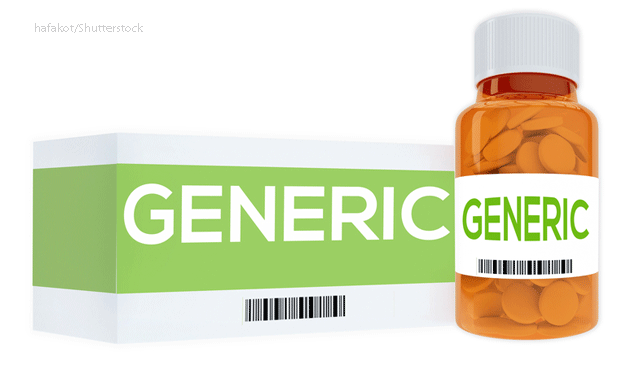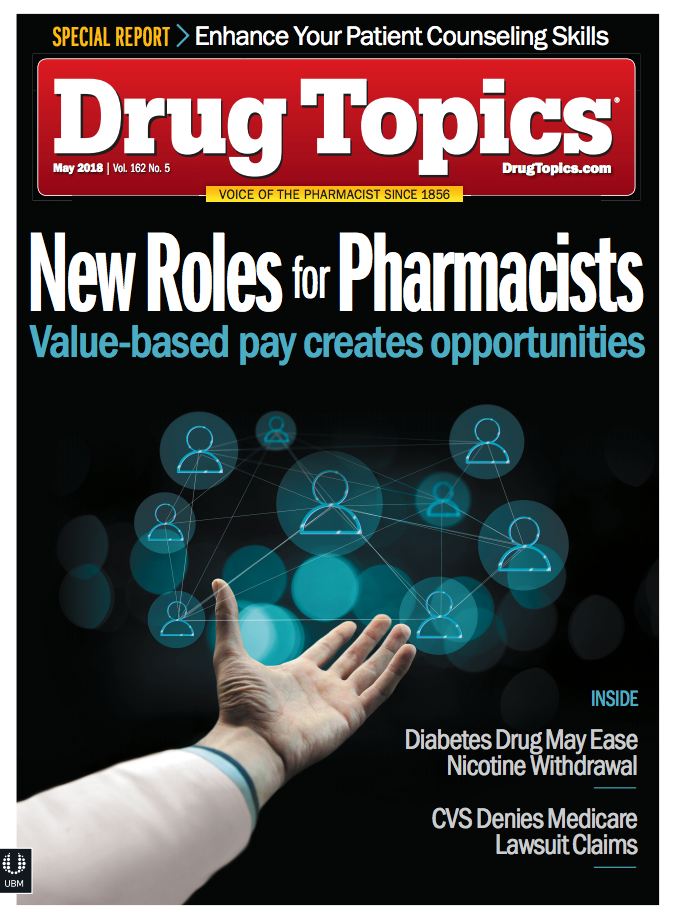Drug Makers Find New Ways to Thwart Generic Competition
Brand-name drug companies are finding creative ways to extend patent protection, causing patient access problems.

Critics of “evergreening,” a tactic used by brand-name drug companies to extend a patent or regulatory monopoly, say the practice is getting worse.
Chip Davis, president and CEO of the Association for Accessible Medicine (AAM), says the frequency of evergreening tactics has gone up, along with the creativity of delay strategies.
“As patents on a product’s main ingredient and methods of use are getting close to expiring, what brand-name drug companies will do is make nominal changes. For example, they’ll change it from a tablet to a capsule or may say our dosing went from 20 mg to 30 mg and then secure a patent on the new dosing formula or formation.”
Related article: Why Health Systems Are Making Their Own Generics
When the drug company receives the patent extension, it will use its sales force to switch patients to the new formulation, says Davis.
There are high-profile cases, he notes, including renting the
sovereign immunity of the Saint Regis Mohawk Tribeto block competition. In an effort to delay competition when one of Humira’s principal initial patents expired in 2016, manufacturer Abbvie filed more than 75 late-stage patents.
Davis says these tactics deny patients access to safe, effective, and affordable alternatives. “It’s negative to patients and their providers because more options are better than fewer. More options lead to the price coming down as opposed to a monopoly where the brand manufacturer has unbridled discretion to take 9.9% price increases once or twice a year, which is what’s going on, particularly in the specialty medicines area.”
An
AAM paperpublished in February, Ensuring the Future of Accessible Medicines in the U.S., calls for ensuring that there are no “artificial barriers” to launching a new generic or biosimilar competitor.
Davis says that there’s no magic single solution to evergreening because the number of different systemic ways drug companies are using to prevent competition from coming to the market is growing. "So we have to have multiple proposed solutions to deal with them.”
Related article: CVS to Show Real-time Medication Costs
AAM has an array of policy proposals including ensuring that generic companies can gain access to the number of samples needed for generic development and for filing applications with the FDA.
Up next: FDA and PhRMA respond
At a speech in March, FDA Commissioner Scott Gottlieb, MD, explained that “pay for delay” involves branded drug manufacturers splitting monopoly rents with generic manufacturers who have 180-day Hatch Waxman exclusivity. They can then delay entry of generic competition in return for cash or agreement by the innovator not to launch an authorized generic until after the six-month exclusivity expires.
“Many insurers and PBMs have rightly spoken out against these practices, arguing that they’re anticompetitive and hurt consumers,” says Gottleib.
Nicole S. Longo, senior manager for public affairs at PhRMA, says many types of innovation are leading to valuable advances and improvements for patients. These include novel delivery mechanisms or new dosing schedules for previously approved medicines, which can result in increased patient adherence, improved health outcomes for patients, and fewer unnecessary hospitalizations, she says.
Related article: The Winners and Losers of 340B Changes
“Having additional competitors in different disease areas expands treatment options for patients and providers, can result in improved outcomes for patients, and spurs competition.”
Longo says it’s important to understand that added patents or exclusivities that cover new innovations relating to previously approved medicines do not extend patents or exclusivities on the earlier products or otherwise block FDA approval of generic copies of earlier versions.
“There is a misconception that innovation stops the minute a medicine is first approved by FDA. The reality is that research is ongoing long past the initial approval of a medicine. Each innovation has the potential to improve the lives of patients.”
That’s why biopharmaceutical researchers continue to work toward discovering advances such as expanded uses of medicines, new dosage forms, or alternative delivery systems, she says.
